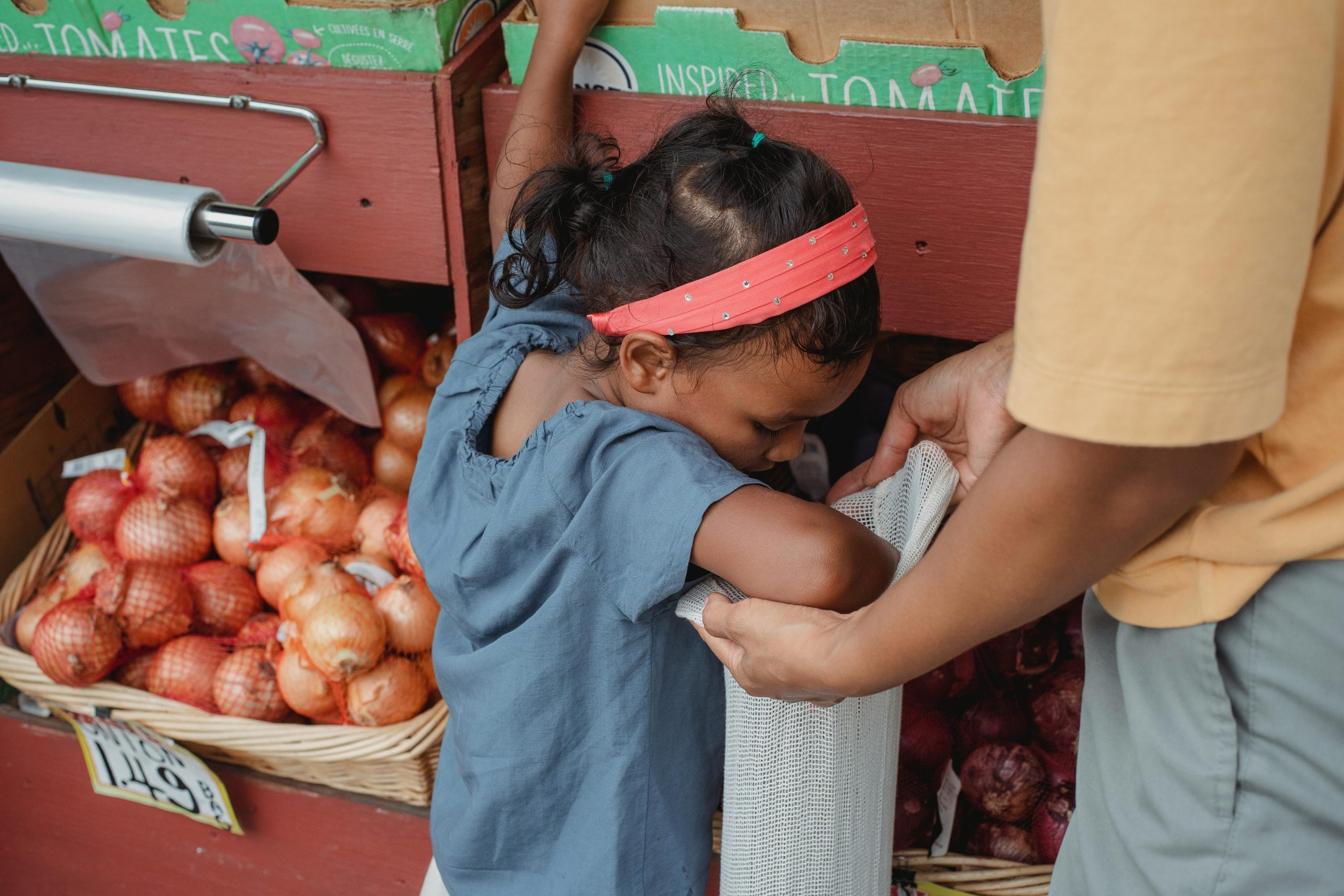Exploring the Environmental Impact of Your Shopping Basket
With the increasing awareness of the impact of human activities on the environment, many people are now actively seeking ways to reduce their carbon footprint and make more sustainable choices. While we often think of things like transportation and energy consumption as the main culprits of environmental harm, our shopping habits also have a significant impact. From the products we buy to the packaging they come in, our shopping baskets can contribute significantly to environmental degradation. In this article, we will explore the environmental impact of our shopping baskets and discuss ways to make more eco-friendly choices.
The Carbon Footprint of Products
One of the main ways our shopping baskets impact the environment is through the carbon footprint of the products we buy. The term “carbon footprint” refers to the amount of greenhouse gases, particularly carbon dioxide, released through the production, transportation, and disposal of a product. Every product we buy has a carbon footprint, and some have a much larger impact than others. For example, meat and dairy products have a higher carbon footprint than fruits and vegetables, as the production of animal products requires more resources and emits more greenhouse gases.
According to a study by the World Resources Institute, our food choices account for about one-quarter of our personal carbon footprint. This means that what we put in our shopping basket has a significant impact on our overall carbon footprint. By choosing products with a lower carbon footprint, we can reduce the environmental impact of our shopping habits.
The Packaging Problem
Another important aspect of our shopping baskets’ environmental impact is the packaging of the products we buy. With the rise of online shopping and the convenience of single-use packaging, our consumption habits have become more wasteful than ever before. From plastic bags and bottles to cardboard boxes and Styrofoam containers, the packaging industry contributes to the growing problem of plastic pollution and waste.
In addition to the environmental impact of producing and disposing of packaging, the transportation of goods also contributes to carbon emissions. The more packaging involved, the heavier the products, which in turn leads to more fuel being used for transportation. This means that not only are our shopping baskets contributing to plastic pollution, but they are also increasing our carbon footprint through the transportation of goods.
Making More Sustainable Choices
It is clear that our shopping habits have a significant impact on the environment, but fortunately, there are steps we can take to reduce our environmental footprint. Here are some tips for making more sustainable choices when it comes to your shopping basket:
1. Buy Local and Seasonal Products
One of the most effective ways to reduce our shopping baskets’ environmental impact is to buy locally produced and in-season products. This not only supports local businesses and reduces transportation emissions but also ensures that the products are fresh and have not required excessive packaging to stay fresh during transportation.
2. Opt for Reusable Packaging
Many food and household products now offer refillable or bulk options, reducing the need for single-use packaging. Consider purchasing in bulk and using reusable containers to store your items rather than buying single-use packaging every time.
3. Avoid Overconsumption and Waste
Being mindful of what and how much we buy can have a significant impact on our carbon footprint. By avoiding overconsumption and being conscious of waste, we can limit our impact on the environment. Consider buying only what you need and donating or repurposing items that are still in good condition.
The Bottom Line
The next time you are shopping for groceries or household items, take a moment to consider the impact of your shopping basket on the environment. By making more sustainable choices, we can reduce our carbon footprint and contribute to a healthier planet. Remember, every small step counts, and together we can make a big difference in preserving our environment for future generations.











